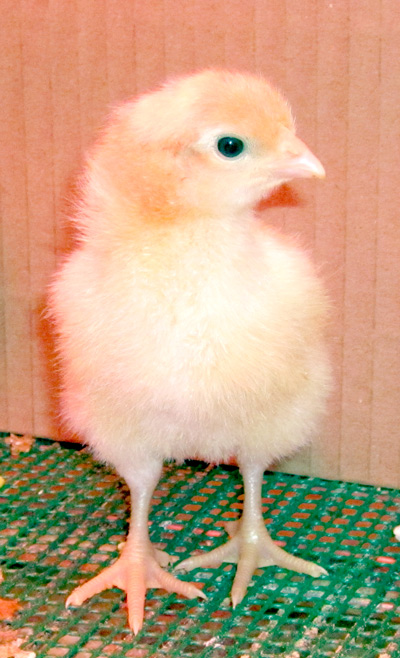Regulation of gene expression during vertebrate limb development

A fundamental question in biology is how tissues and organs are built or repaired. Progress in this area is relevant not only for understanding morphogenesis in animal development, but also for potential applications in the fields of tissue engineering and regenerative medicine using stem-cell-based therapy.
During embryonic development, a major challenge is to understand how the formation of a particular structure is genetically and molecularly controlled. This approach needs to consider that individual cells interact with each other and that the final morphology and function of an organ ultimately result from the coordinated integration of many individual cell events.
Using the developing limb as model system, our group has contributed to the molecular characterization of the limb signaling centers and to the understanding of the function of key transcription factors such as Hand2 and Hox products. We have made important contributions towards elucidating digit patterning, how the number and identity of the digits is established and controlled during limb development, and reported mutant phenotypes that support a Turing-type mechanism underlying digit patterning. Through mouse genetics, and more recently using functional genomic technologies, we have generated and characterized murine models of human congenital malformations to identify the underlying genetic and cellular defects. In particular, the implementation in the lab of CRISPR/Cas9 genome editing in mice through the electroporation of zygotes has permitted the analysis of the functional contribution of genomic regions in an efficient, rapid and high-throughput manner.
The group has contributed more than 90 original papers, several of them in international prestigious journals including Cell, Nature, and Science.
Topics under current research in the lab include:
- the functional role of Hoxc genes in the development and homeostasis of epidermal derivatives (nail and hair)
- the role of Lmx1b regulation in dorso-ventral limb patterning and its implication in morphogenesis, evolution and disease (the Nail Patella syndrome).
- the regeneration of the digit tip and the influence of dorso-ventral polarity
- the role of Hox and Gli3 genes in the establishment of anterior-posterior asymmetries in the tetrapod limb, and especially in the formation of the thumb.
- the functional role of Sp6 and Sp8 transcription factors in limb development and the Split Hand/Foot Malformation
- Hox/ERK interactions in development and cancer
- the regulation of patterning and differentiation in the proximo-distal axis of the limb bud and the reevaluation of the current models


